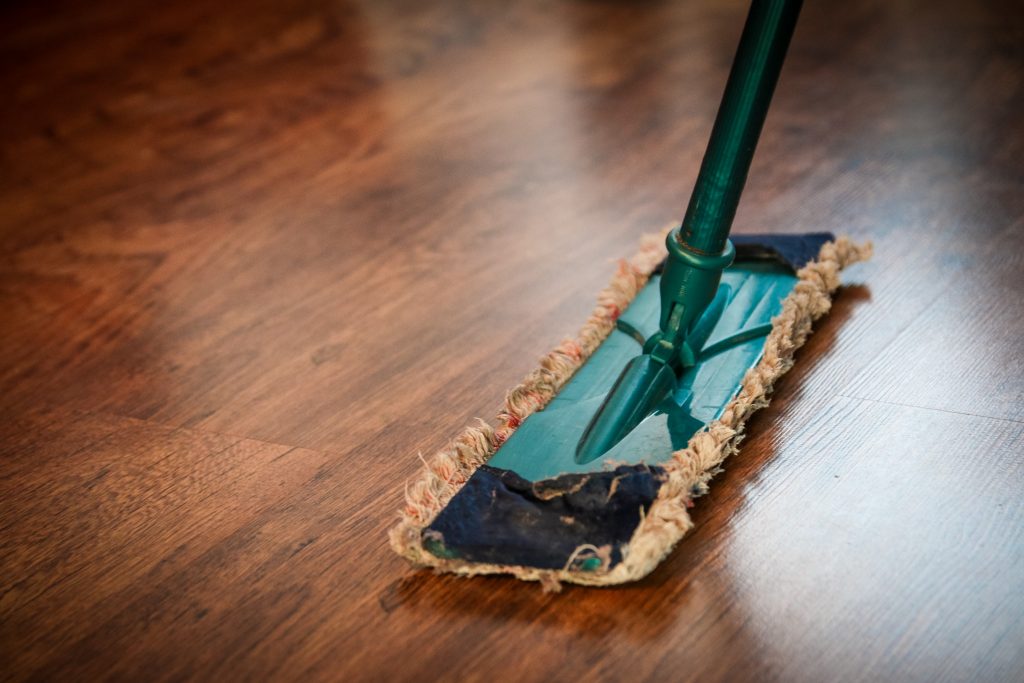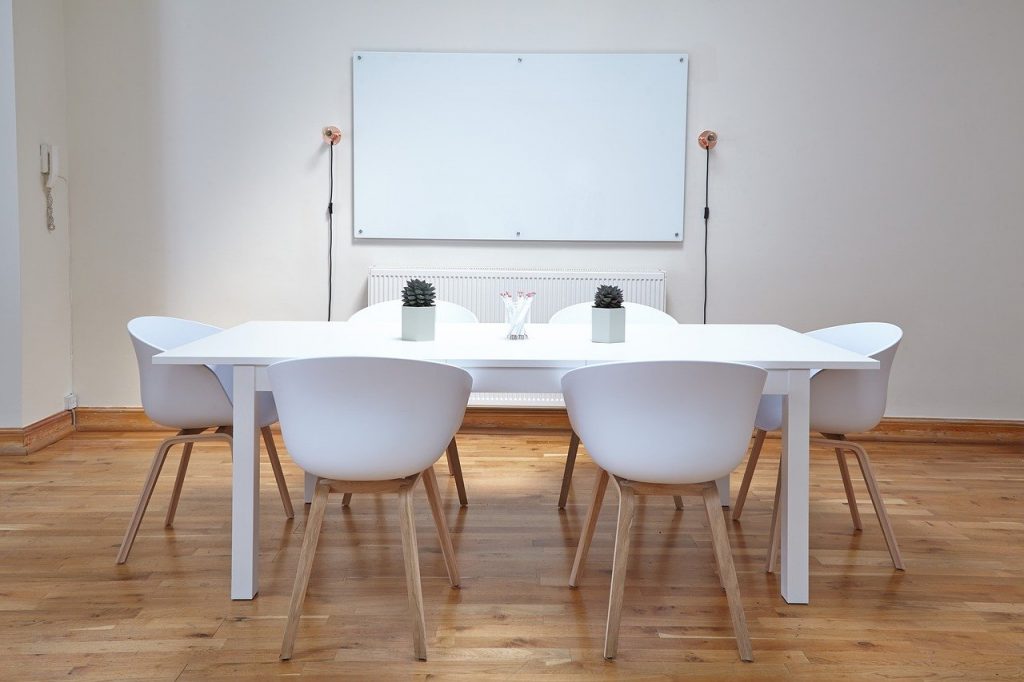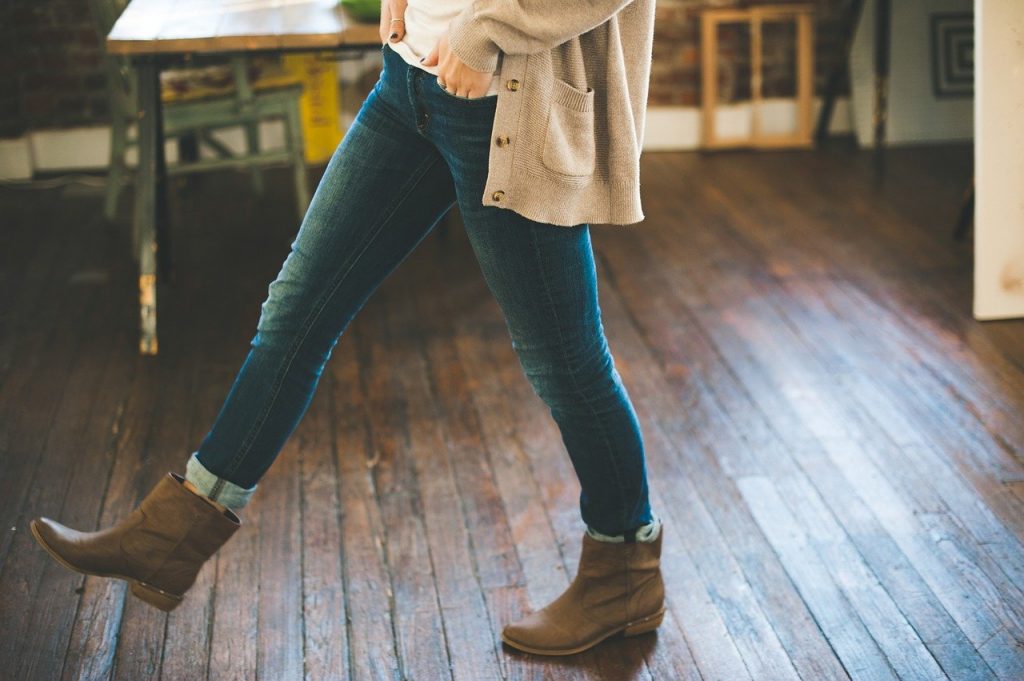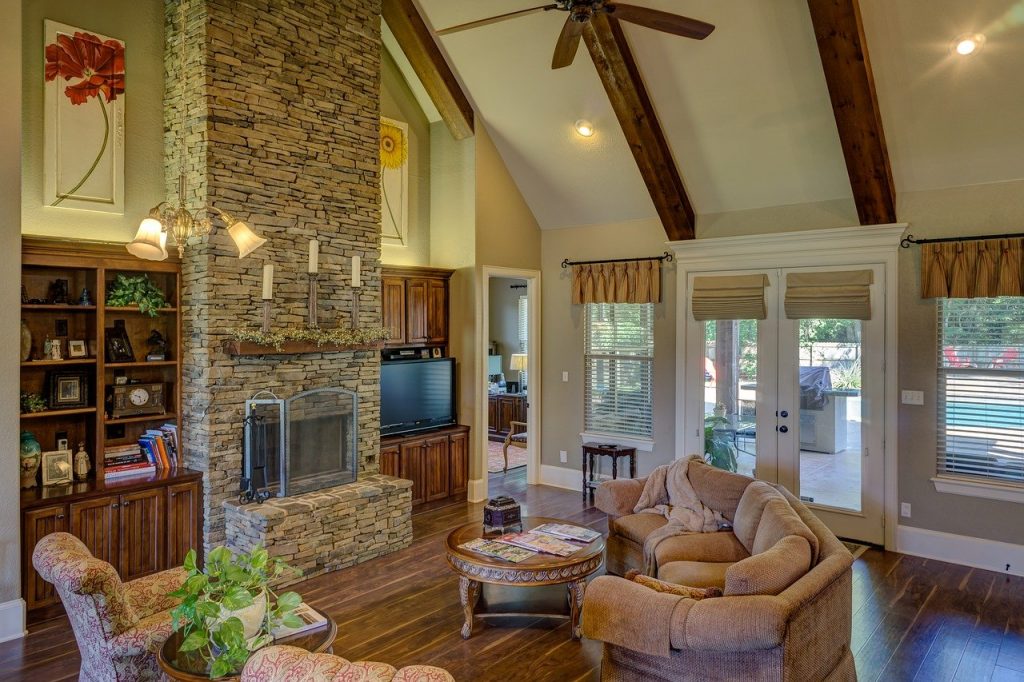Caring for Your Timber Floors
Timber floors add an element of richness and warmth to your home. They are extremely durable and if they are well cared for they can last you for decades. Caring for your timber floors isn’t much more work than caring for any other type of flooring. So let’s look at how you can keep them clean and looking fabulous for years to come.
Sweep or Vacuum Regularly
You want to remove the debris from your floor on a regular basis to keep it from scratching your floor. So you want to sweep or vacuum fairly frequently. You also need to be careful of the type of vacuum that you use, choose one with a floor-brush attachment so that it doesn’t scratch the floor. If you live alone you can probably get away with doing this once a week, if you have pets and children then you may be sweeping every day.
Mopping the Floor
Sweeping or vacuuming will get rid of surface dust and debris but not spills or the grime that comes with time. From time to time you’re going to need to mop the floors with some type of liquid cleaner. There are products you can pick up at a home improvement store that are designed just for timber floors, follow the directions on the bottle to get your floors clean. These products can get pretty pricey and some will leave a buildup on your floor, you can clean your floors with a pH neutral detergent in some water.
How to Mop
When cleaning timber floors you can’t just dunk a mop in some water and slap it onto your floors, you will damage the floor. You want to clean the floor with a damp sponge or mop making sure it has been well wrong out. You want a damp mop, not a wet one. Use a mild cleaner and don’t make the cleaning solution too strong or you can take off the finish. After you have mopped with a cleaner, you want to rinse the floor with another damp mop. If there is excess water on the floor then wipe with a dry towel so water doesn’t damage the floor.
Caring for timber floors isn’t hard but despite your best efforts, your floors will still get scratched. With timber, it may need to be sanded down and refinished every couple of years. Sanding and refinishing can restore the floor’s lustre and help protect them going forward.
Caring for Your Timber Floors Read More »



